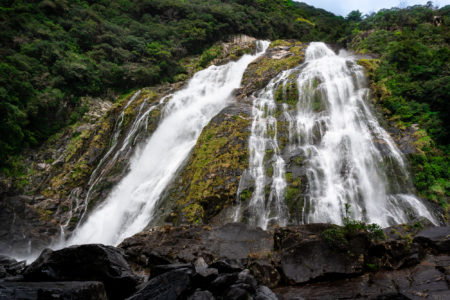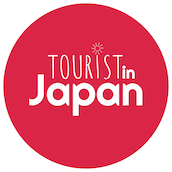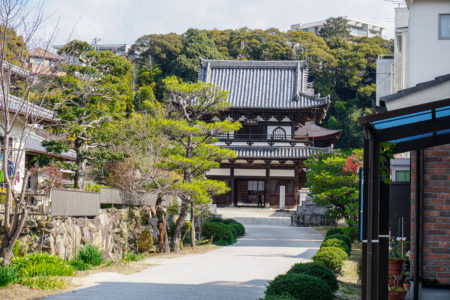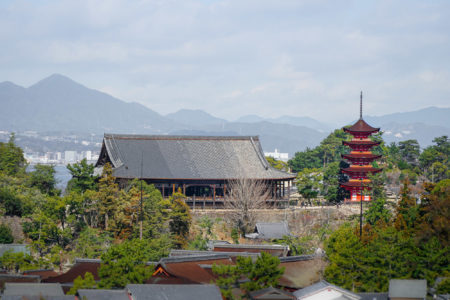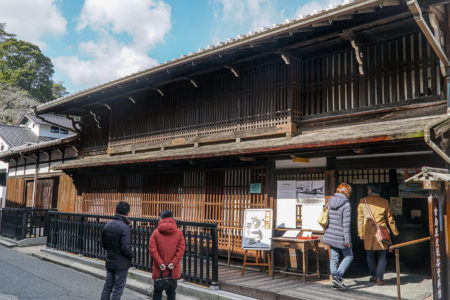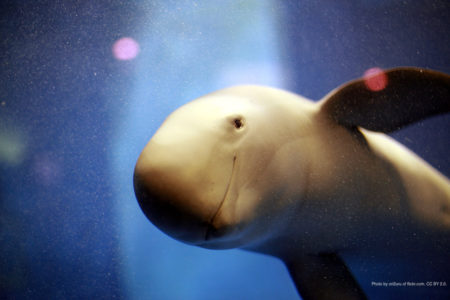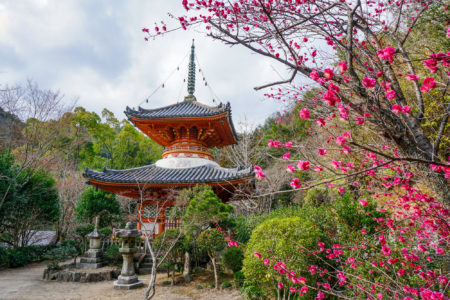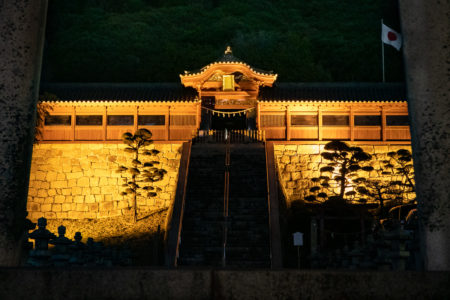Oko-no-taki Waterfall (大川の滝) on the south-western side of Yakushima, is the tallest waterfall on the island. It is a spectacularly beautiful fall and has been included in the list of the 100 most beautiful waterfalls of Japan. Yakushima is home to more waterfalls than you can count, and at least a handful of really tall …
